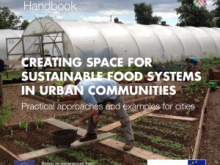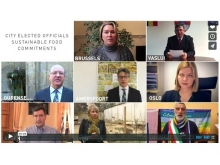Vaslui
Vaslui is located in the northeast Romanian region of Moldavia, some 70km from the border with Moldova. The turning point in its history came in the 60s, when it became the capital of Vaslui County. A subsequent burst of economic and social development transformed the city from 18,000 in 1966 to 73,500 in 2002. Where agriculture had once been the major employer, a period of industrialisation from 1965 to 1985 saw the arrival of manufacturing plants in the areas of synthetic fibres, precision mechanics, furniture, textiles and clothing, along with food processing.
However, the years following the fall of the Ceaușescu’s regime led to the transfer from the state to the private sector of much of the heavy industry, and a series of plant closures. Some of those who lost their jobs returned to agriculture. Cooperative property that had previously been confiscated by the state was returned to its former owners, and the land was divided into small individual households. However, Romania’s entry into the EU in 2007 heralded another wave of departures from the land as workers emigrated, notably to Spain, Italy and the UK. Meanwhile, companies in the local clothing and food industries, which were transferred to local investors, have survived.
As a result of the earlier rapid expansion, most of the population lives in urban areas in high-rise blocks. The average monthly wage in September 2012 was €240, while the share of the active labour force in the total population was 55%.
SOME RELATED NETWORKS
Sustainable food
BioCanteens
Article
Sustainable Food Handbook
Article




